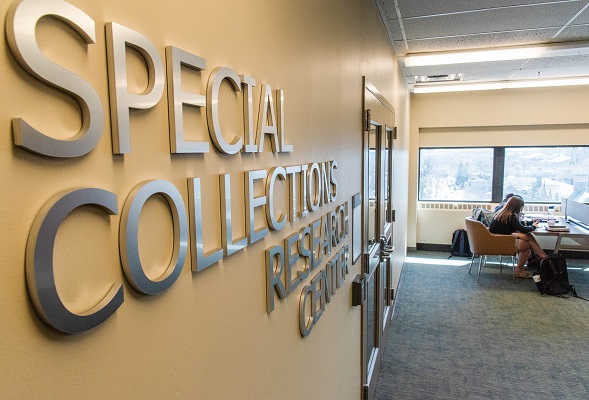Brunn and Company Archive, 1920-1985 (majority within 1928-1938)
12.0 Linear feet (2 record center boxes, 2 manuscript boxes and 11 oversize boxes)
The Brunn collection has been divided into four series: Correspondence, Design and Engineering, Images, and Sales and Marketing.
The Correspondence series is arranged alphabetically by correspondent and then chronologically within each file. The letters are primarily from customers to Hermann A. Brunn expressing appreciation for the work done on their vehicles. Letters that are circa 1970 includes material written by and sent to Hermann C. Brunn during his employment at Ford Motor Company, and in regards to modern restorations of Brunn vehicles. In cases where a specific vehicle can be identified, the correspondence has been filed with the photographic images of that particular vehicle. Some of the letters were part of a scrapbook and many letters are glued to the same page, as a result at the end of correspondence there are several letters listed together which indicates they are glued together and in the same folder.
The Design and Engineering series is divided into three subseries: Brunn & Company Drawings, Other Drawings, and Hermann C. Brunn. The material in the series consists primarily of drawings produced by Brunn & Company illustrating the various body designs produced by the firm, which are, for the most part, reproductions, or blueprints. The drawings show the left (driver) side elevation of the vehicle and, in some cases, include a plan view of the interior layout. Dimensions, if shown, detail the passenger interior space. The name, or initials, of the designer, customer name, and notes detailing specific vehicle configuration and trim can be found on many of the drawings. The drawings have been arranged alphabetically by make of chassis, then chronologically by date drawn and design number. Data for body style, model, chassis wheelbase in inches, engine configuration, order number, and customer name has also been included in the file title, where known. The Other Drawings subseries consist of a smaller number of drawings that originate from other manufacturers, including General Motors and the Ford Motor Company. The Hermann C. Brunn subseries consists of materials created by Hermann C. Brunn in the period after the closing of Brunn & Company, and includes a manuscript for an article describing the history of the brougham body style.
The Images series is divided into five subseries: Negatives; Vehicles, Brunn & Company; Vehicles Other, Non-vehicle, Brunn & Company; and Non-vehicle, Other. Image formats include black and white, and color, photographic prints and negatives. The bulk of the subjects are Brunn & Company vehicles, with images illustrating the exterior of completed automobiles. In many cases the prints and negatives are marked with the vehicle order number and many images are loose pages from a scrapbook. Images of body construction, interior, and body detail are captured for some vehicles. Non-vehicle subjects include the [1929] Paris, France, Auto Salon. Non-Brunn & Company subjects include several of images of the Aqua Cheetah, an amphibious vehicle built for the United States Army by the Amphibian Car Corporation. Another group of photographs are labeled “Best of Brunn” I and II which are an assortment of photos from various car models.
The Sales and Marketing series consists of brochures, print advertisements, owner lists, price lists, and a number of large-format upholstery and paint samples. The series also includes a Customer Order Book for 1935-1937. This journal records all vehicles built by Brunn & Company during that time period, with entries for order number, order date, body style, model number, customer name, body number, trim and paint specification, intermediate construction dates, and vehicle completion dates.
